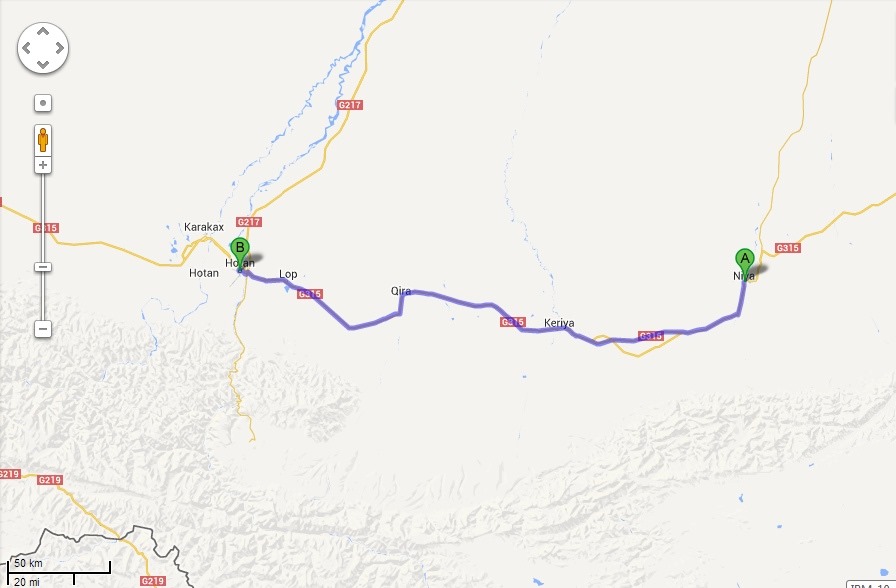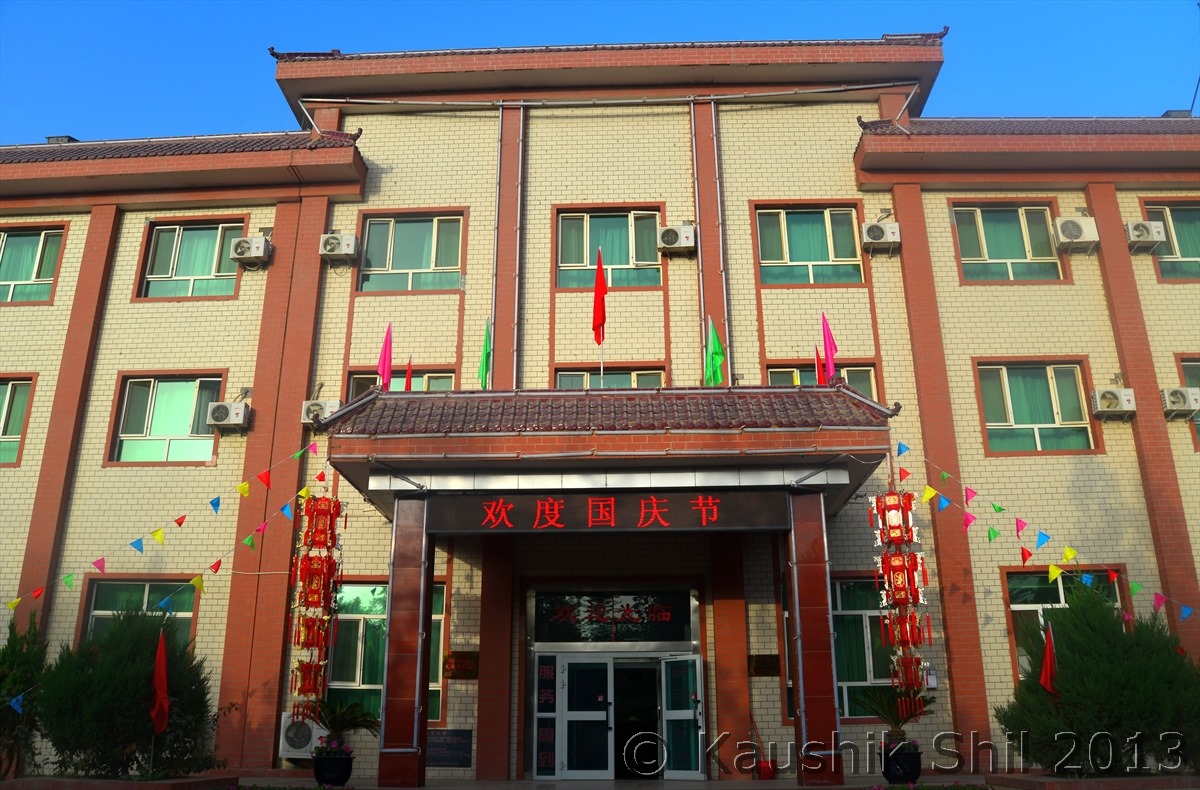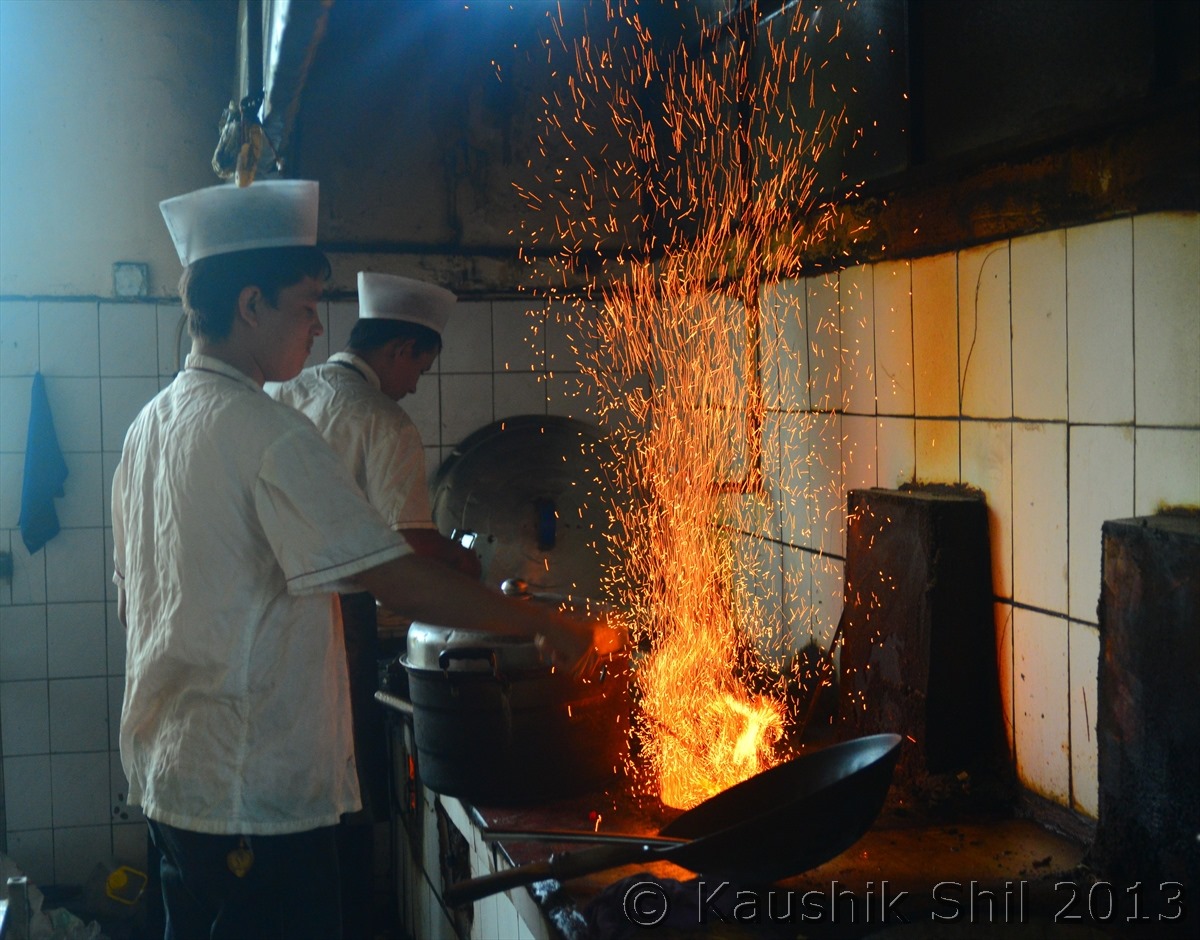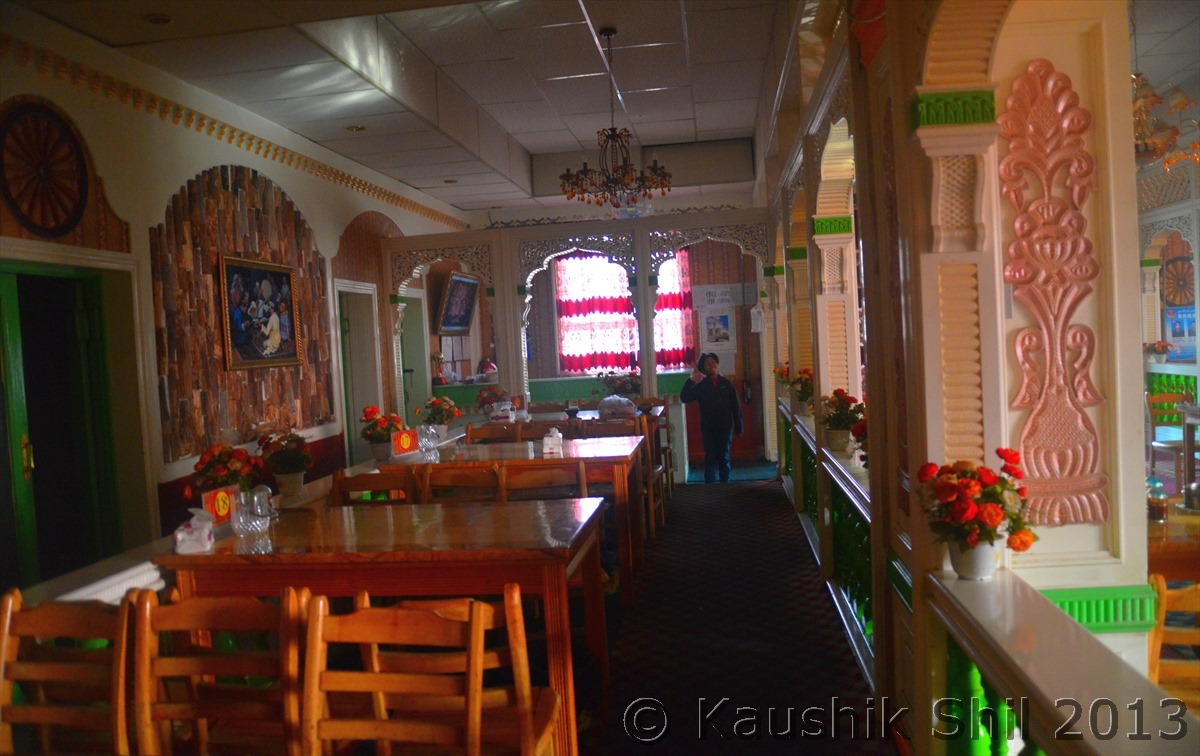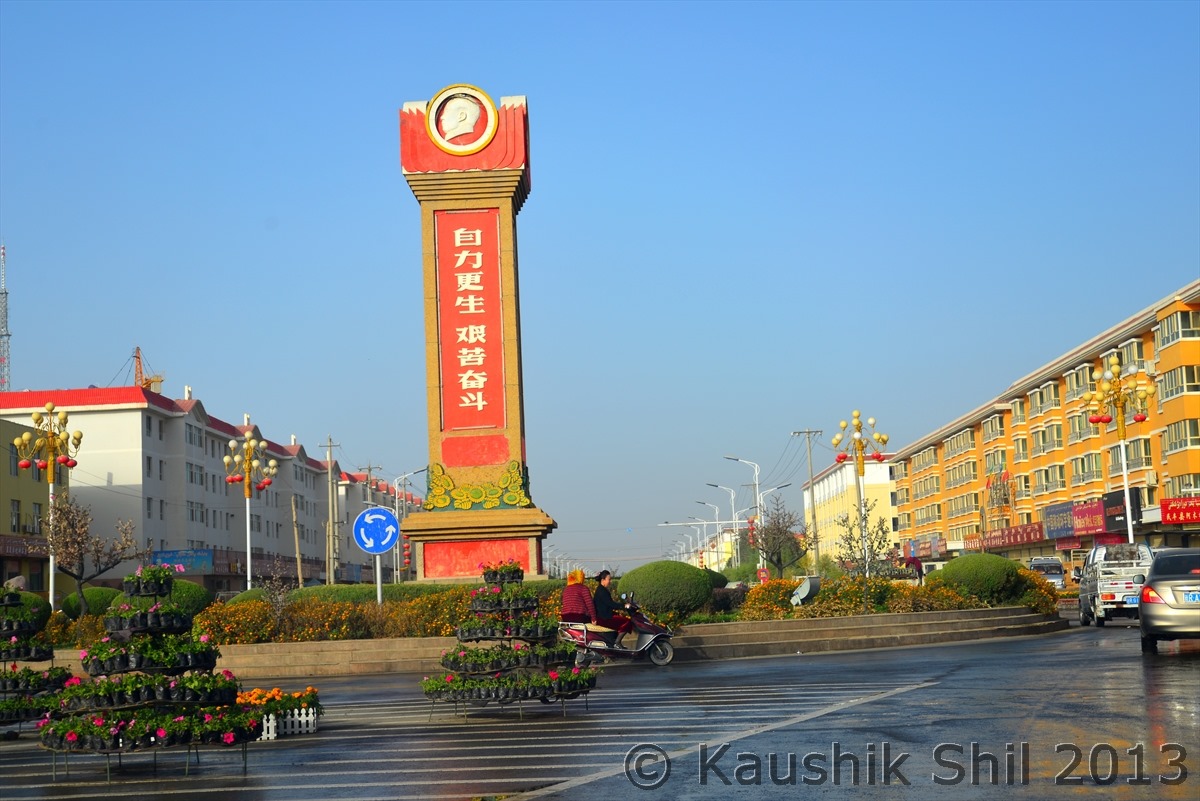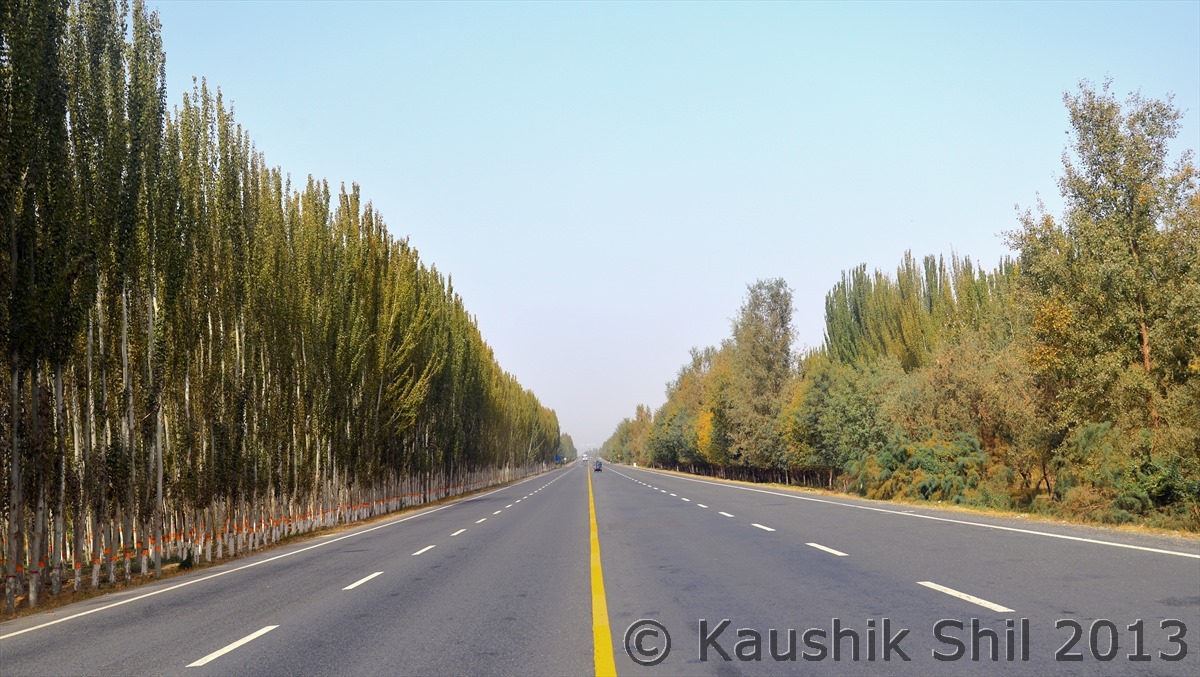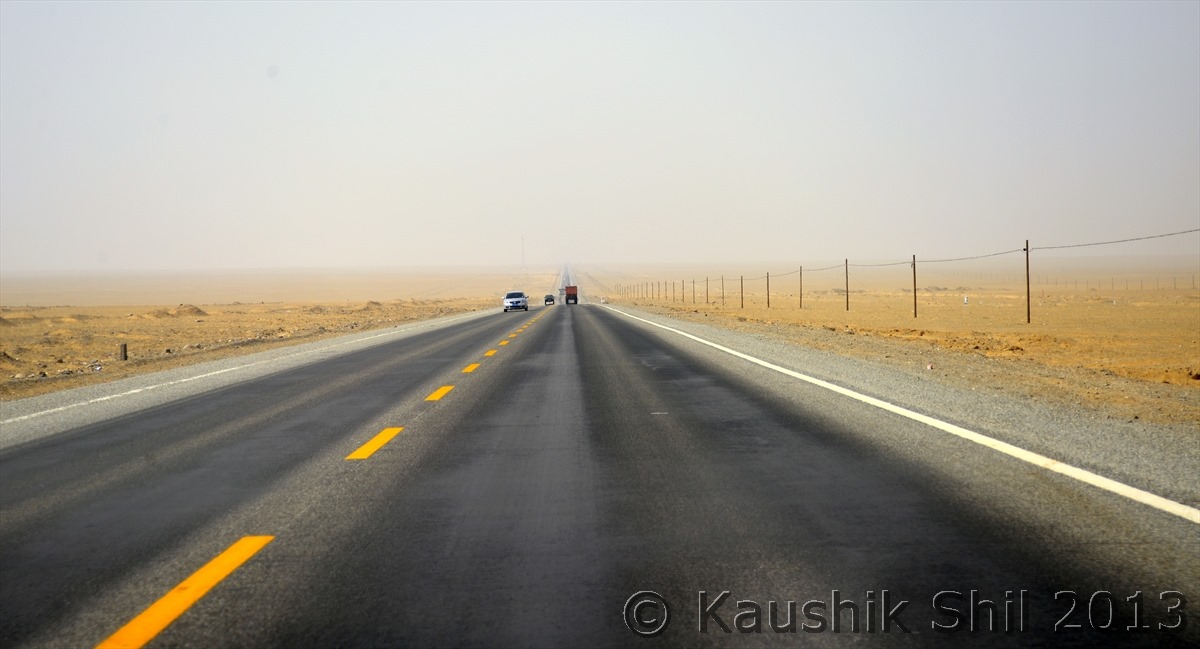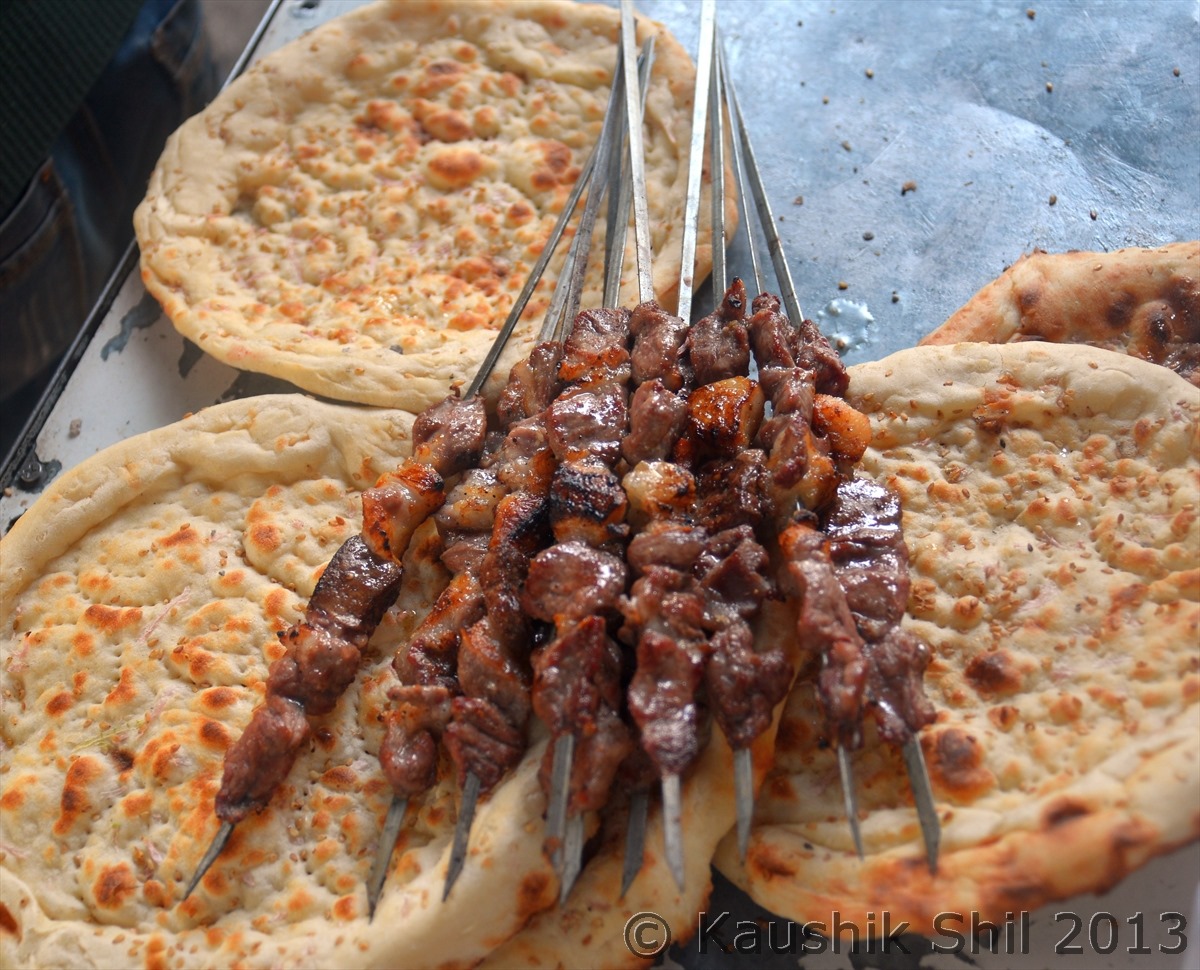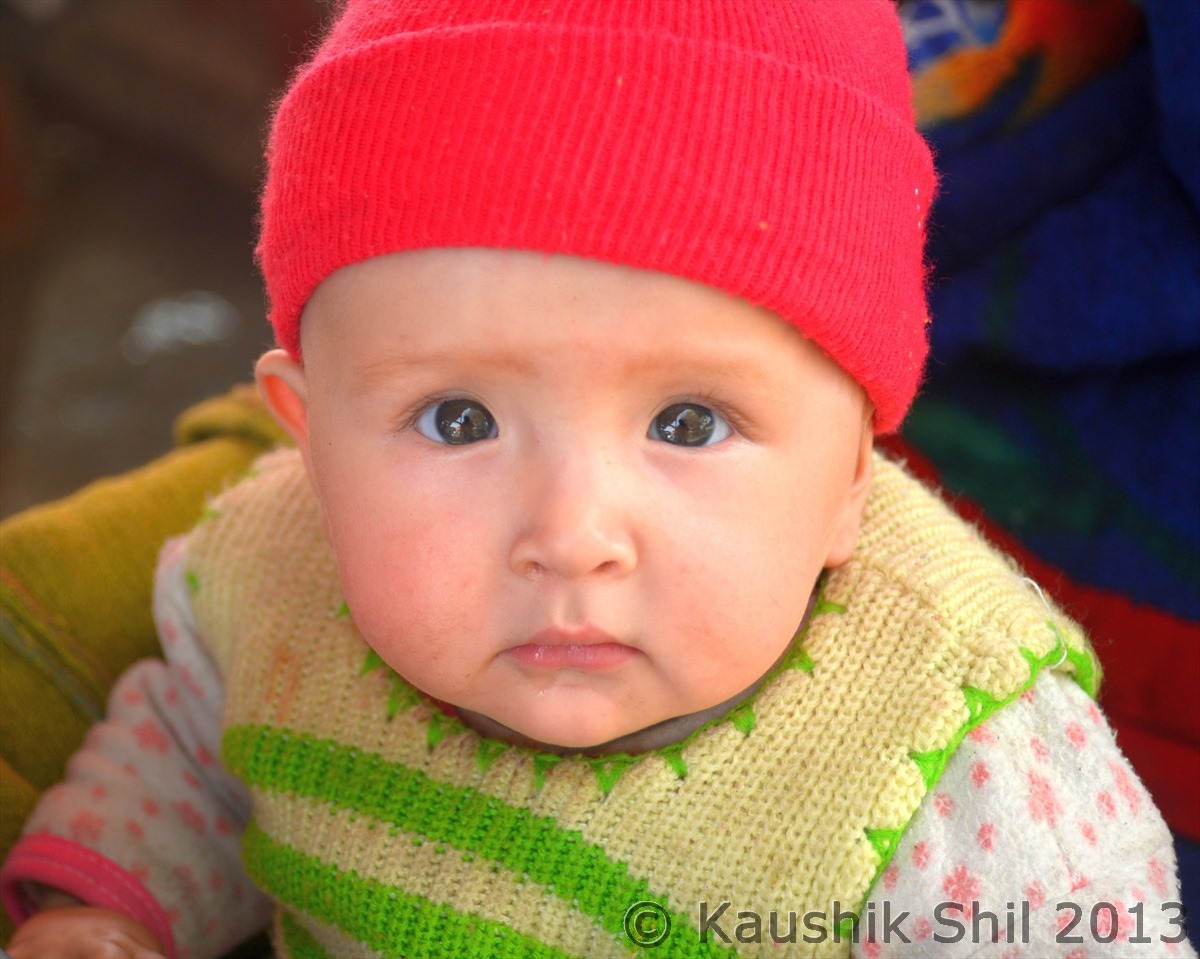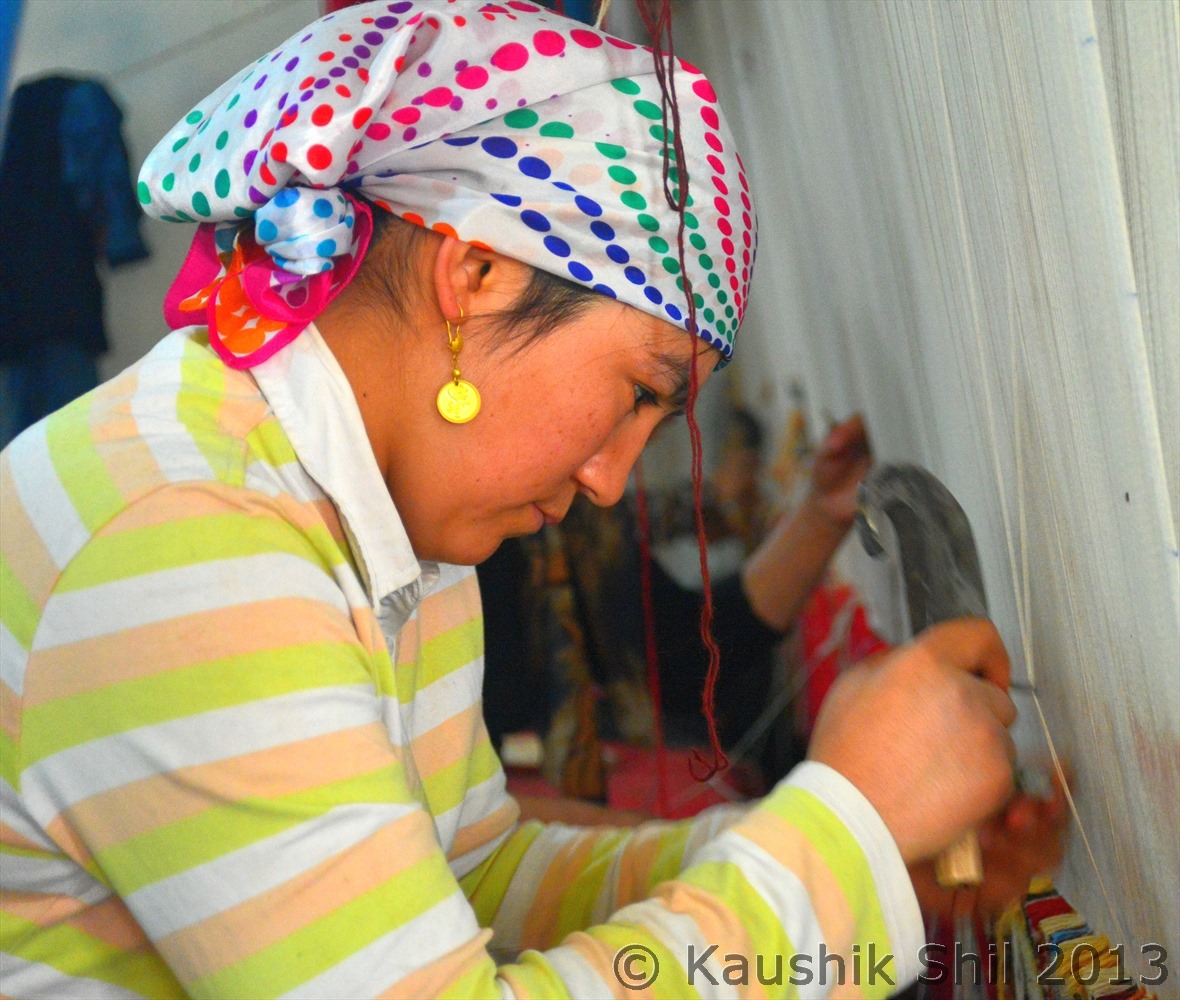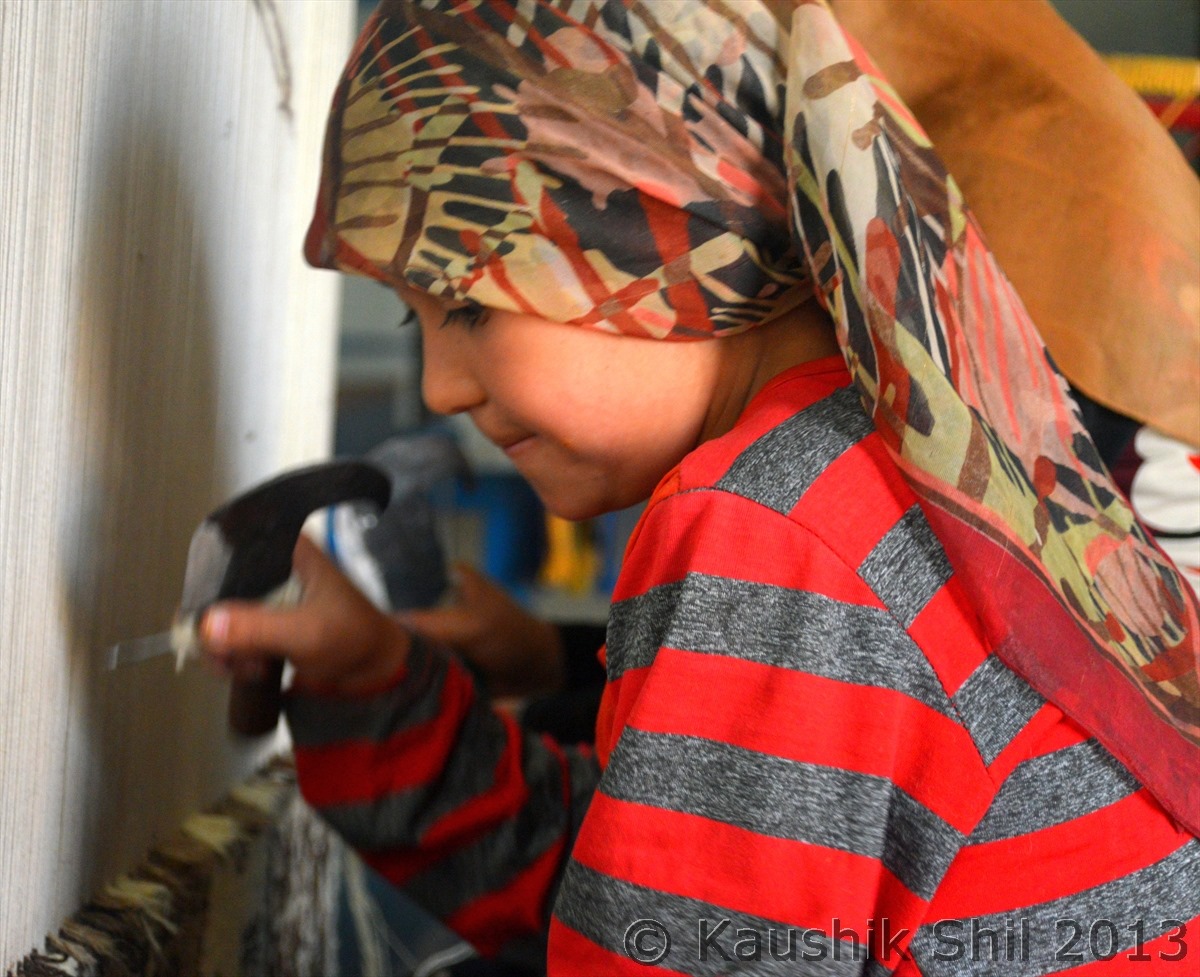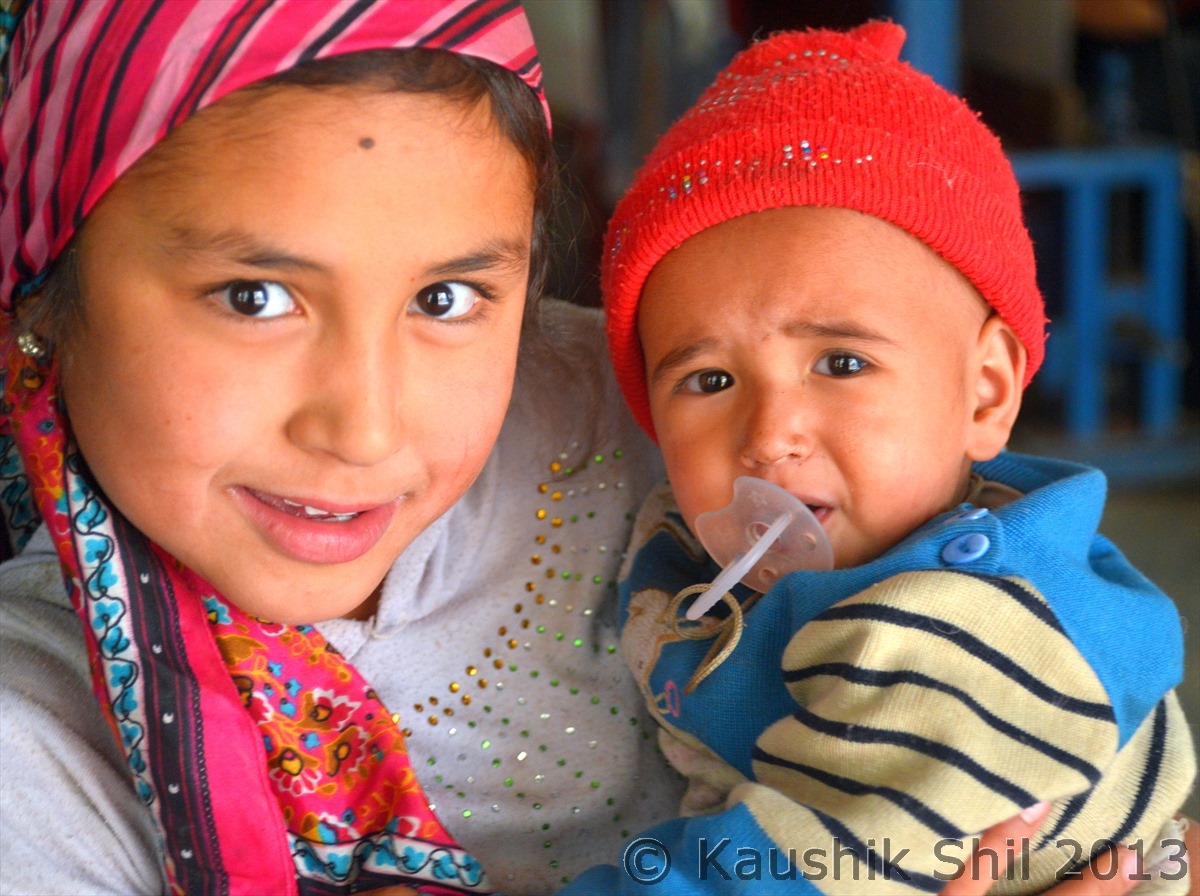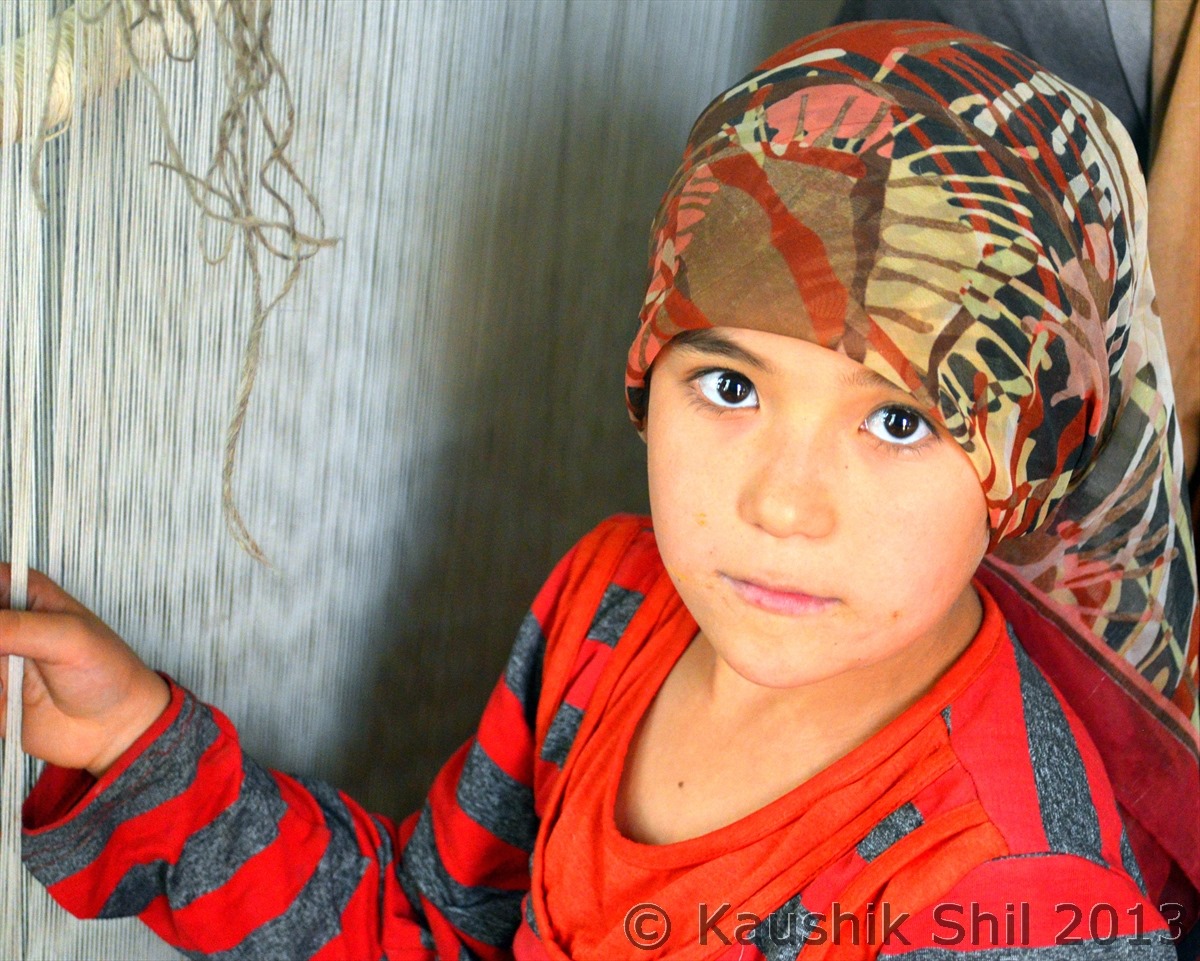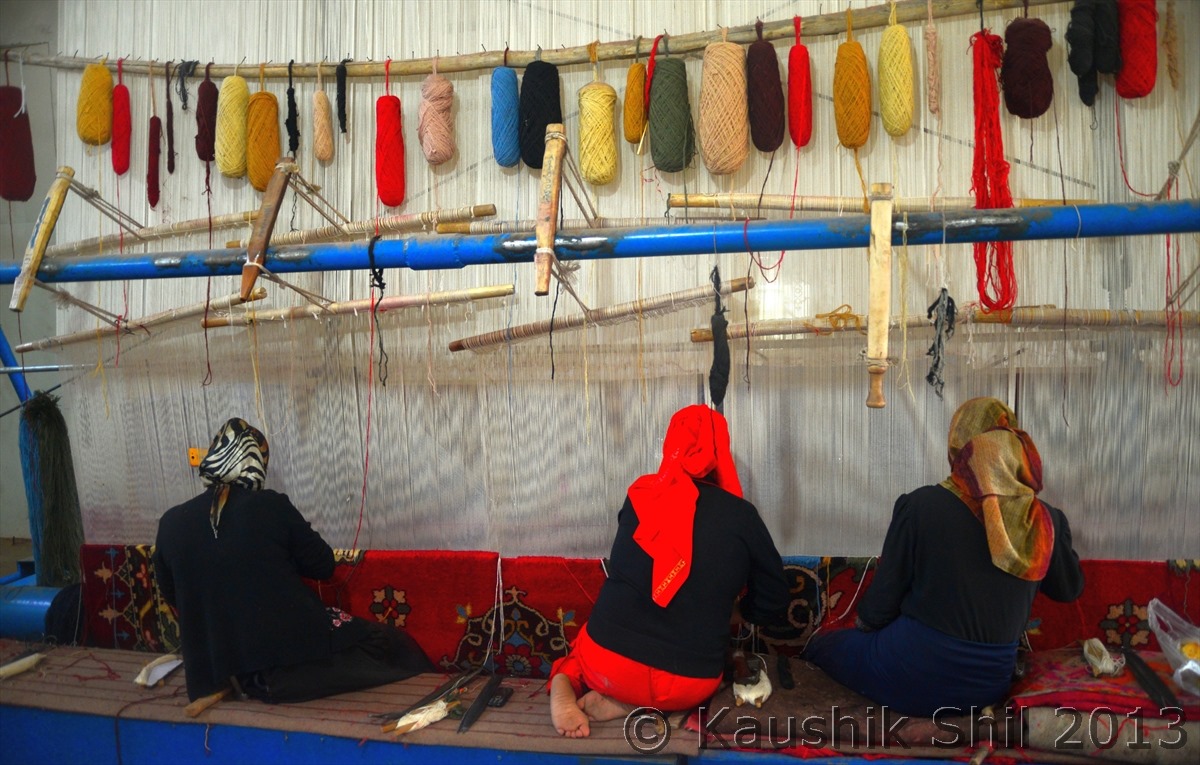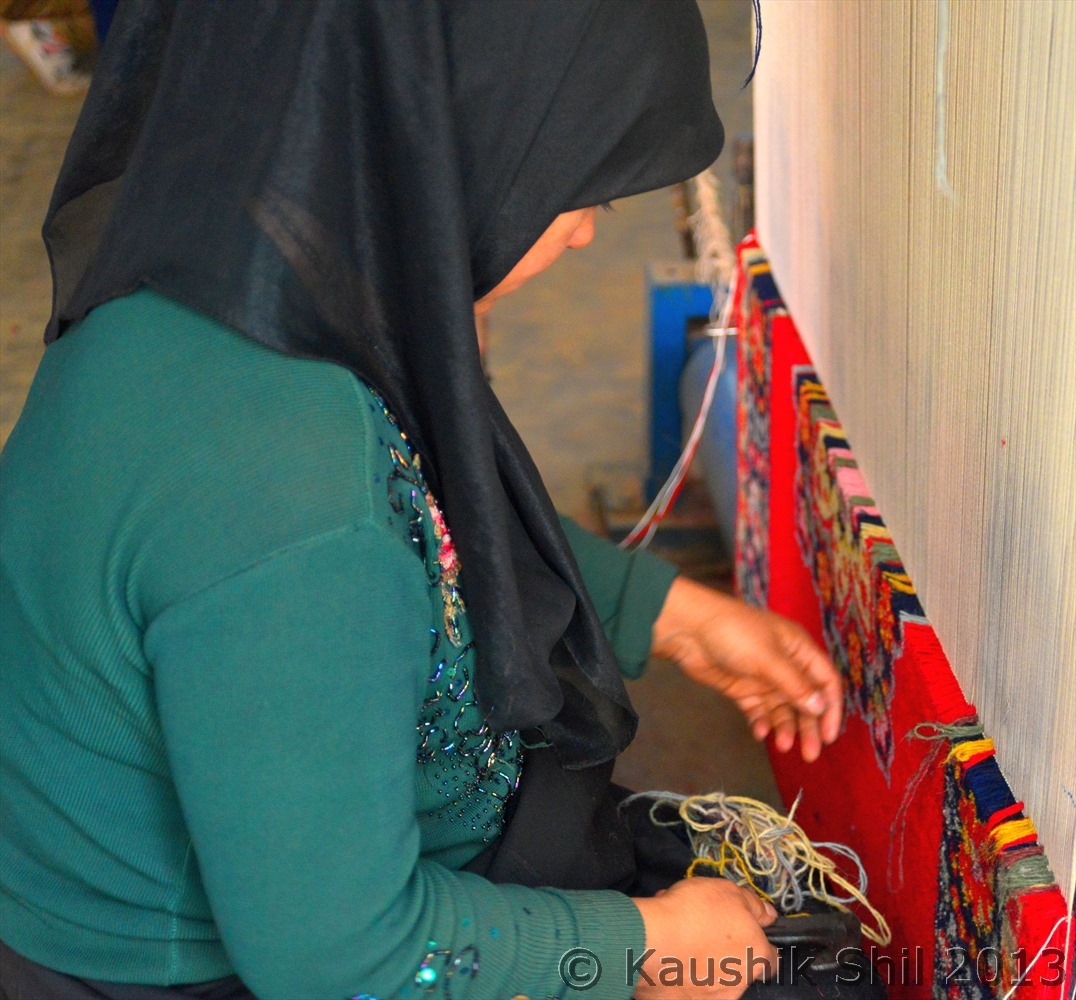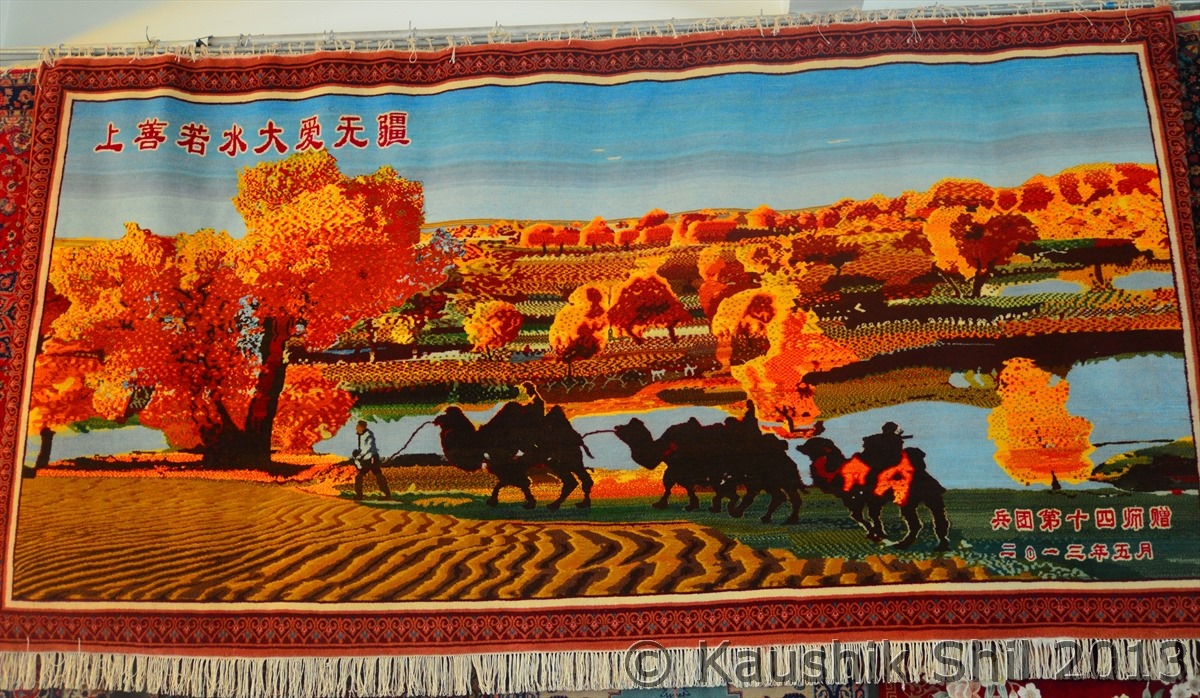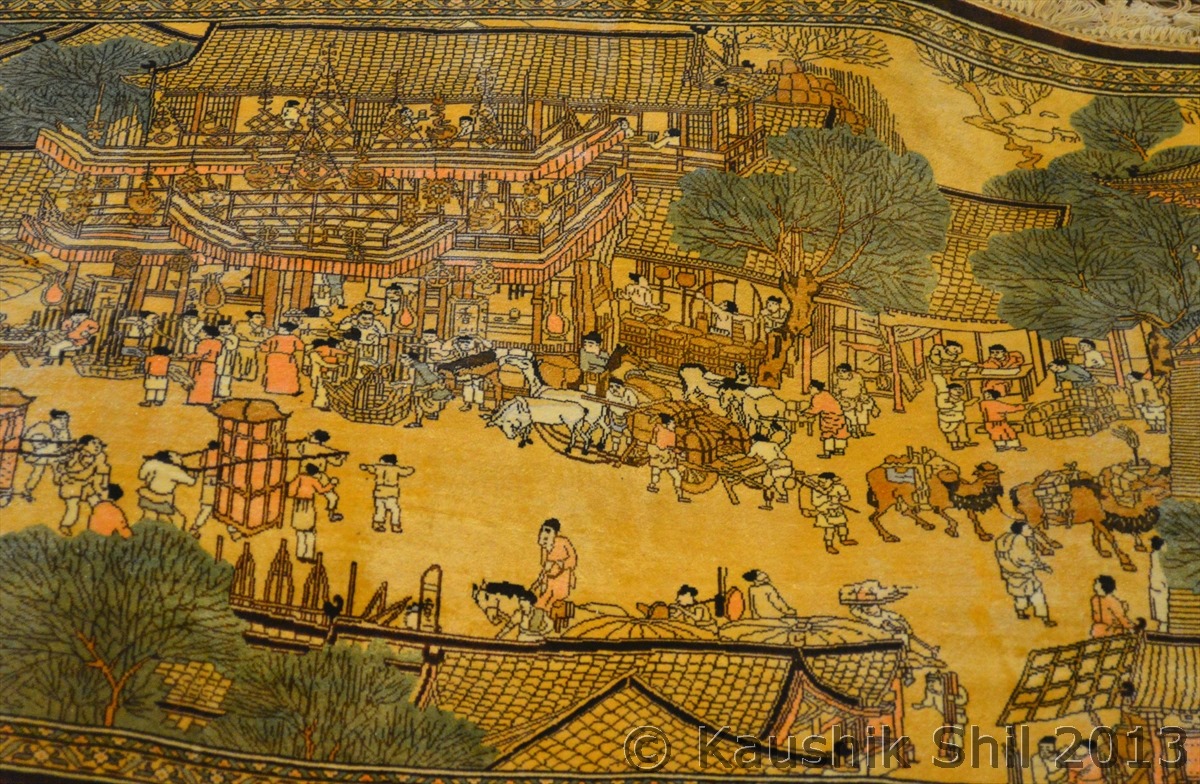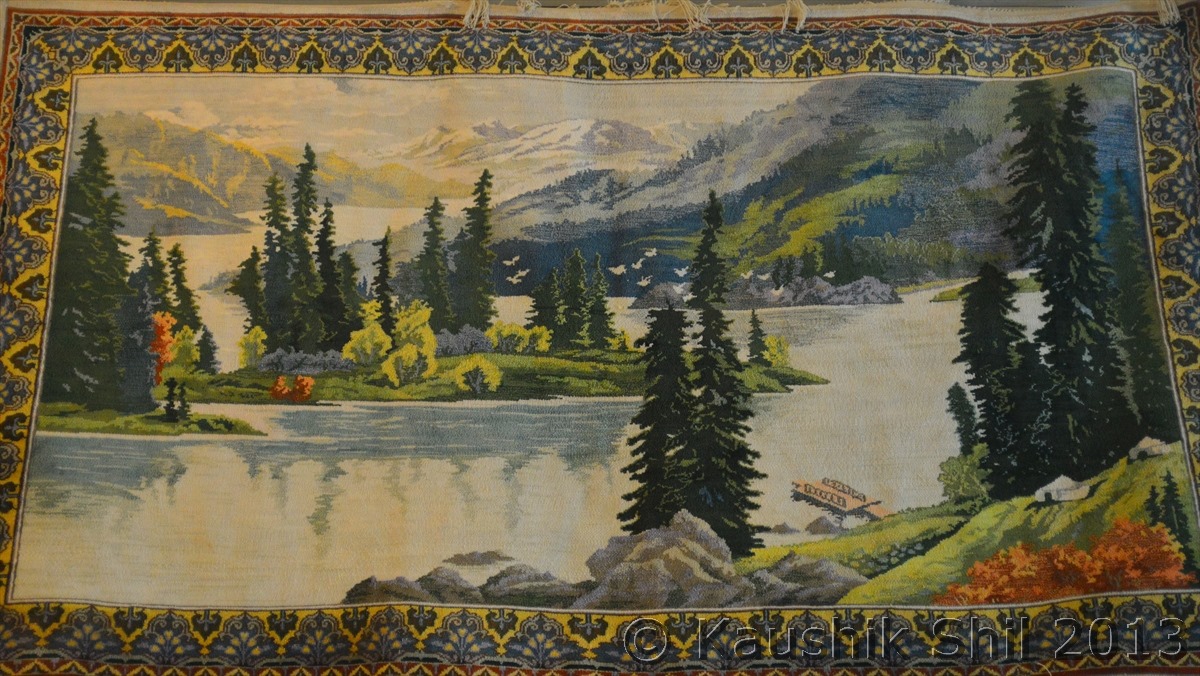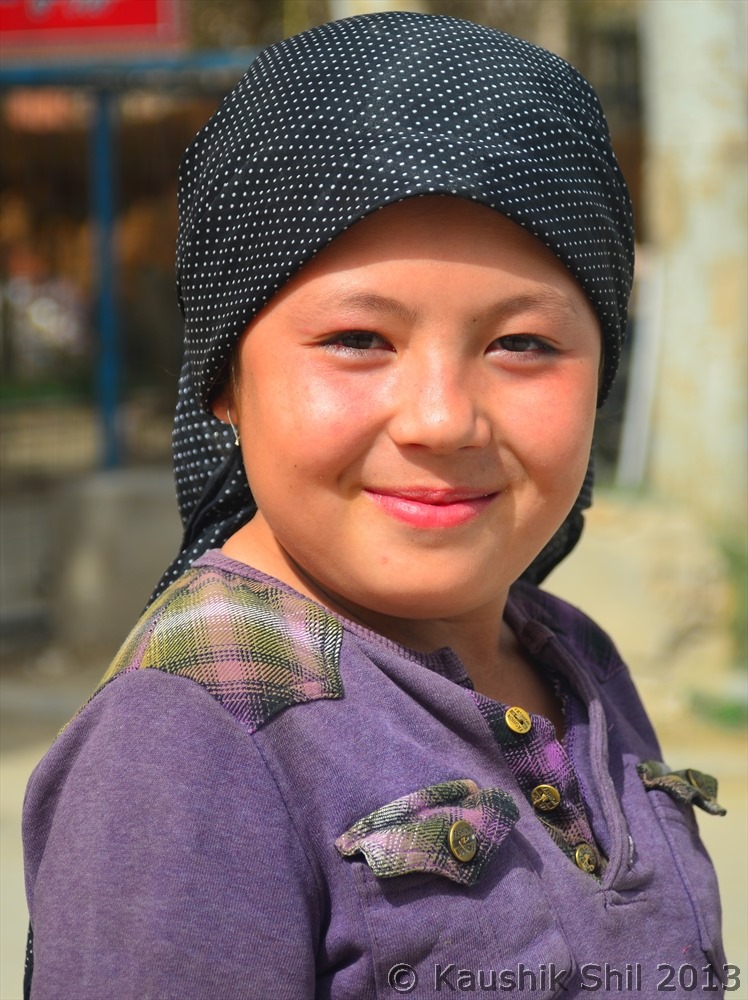Day 11:
Today’s Route:
Today our driving distance was not too long, but we would take the southern fringe of Taklamakan desert and would travel through the most prominent of all silk route branches, the southern one that comes directly from Dunhuang via Charkilik and then touching this small oasis town of Niya, going to big oasis of Hotan and from there further west it crosses Karghilik proceeds further west to Yarkhand and then finally meets the North Silk Route at Kashgar. Southern Silk route is actually the oldest route established first in history.
Historically from Kashgar, Silk route branched off and one route continued over high Pamir and from there to famous town of Khokand, Samarkand, Bokhara and Merv before making its way through Persia and Mesopotamia to the Mediterranean Sea, where the exotic silk, carpets and spices from East ended up in the market of Rome and Alexandria.
Another silk road branch, more closer to our Indian hearts, branched off at Yarkhand (Modern Road 219 to Tibet starts from Karghilik instead of more difficult Yarkhand), continuing south to Karakorum over the 5 great passes, to reach Leh and Srinagar, then into the Indian Subcontinent. Unfortunately the route has been closed since China’s occupation of Tibet in 1950 and subsequent encroachment to Aksai Chin to build Xinjiang-Tibet Highway and till then skirmishes are going on across the disputed Line of Actual Control. This is a dream route for many of us to explore and definitely one the most (if not the most) arduous trek route in planet earth ever crossed over by human being on regular basis in history of human civilization. The road from Kashgar to Leh is around 900km and cross Karakash Valley to go up to Suget Pass and the descending to Yarkhand Valley and subsequently cross the great Karakoram Pass (Now located close to the tri junction border between India, China and Pakistan and only border between India and China that doesn’t touch Tibet) to descend to Chipchap Valley (Known as Depsang Plains as well) and Daulat Beg Oldie (Daulat Beg Oldie was a Kashgar ruler who took repeated attempt to conquer Tibet through ladakh route and finally died and burried here in 15th Century) and then again ascends to Depsang Pass to cross over to Shyok Valley. From Shyok Valley it crosses Saser La to descends to Nubra Valley and finally from Nubra it takes Khradungla to descends to the valley of Leh. This route was preferred to prosperous Indian Traders of Punjab over more straight forward route via Khyber Pass to Afghanistan and subsequent to Iran to Turkey because of safety of valuable goods like Ivory, Gold, Silver they used to carry with them. The route between Ladakh to Yarkhand was extremely challenging from terrain perspective and knows as Skeleton’s Trail but extremely safe from getting robbed by armed bandits across the route. The route is so secluded even traders used to go back couple of years later to retrieve their valuables they forced to leave years back due to hostile weather.
Let’s talk briefly about Niya, It was a prime important town between 2nd Century to 5th Century CE on Southern Silk Route which later diverted to more southwards most likely because of acute shortage of water as Niya River changed its course and it became impossible to survive in this desert town so close to Taklamakan. All these incidents are documented in early scripts written in Indian scripts of Kharishthi and Brahmi lent weight to the argument that the Southern Silk Route had until the middle of fourth Century CE been mainly under cultural influence of Northern India, despite the fact it had fallen most often within political and military zone of influence of China. Yet another reason to be proud of being Indians. Many have rued while making comment in this log, that why we still don’t have roads, infrastructure anywhere close to what China already have, very true but they might be doing good in rampant urbanization and inorganic growth for their country but they never can match India with the culture and rich heritage and history we have. China’s western side specially Xinjiang is very close historically with India including the Tibet and that’s one of the possible reason China doesn’t want to show the world the large non Chinese faces and their dreams and demands. I have seen many people in Kashgar whose relatives stay in Ladakh and Kashmir but being resident of Kashmir, they are issued stapled Chinese Visa and Indian Govt doesn’t allow them to travel in China, now about the people of Xinjiang, they are more unfortunate, their passport application fees are 5 times than of a Hun Chinese what I heard but still less than 20% of population of the state are having Chinese Passports, they are simply denied a passport, so that they can’t go out of China. So this frustrating man made boundary keeps the blood relations apart and it’s not just a story of two Bengals or two Punjabs, it’s equally true between Ladakh and Yarkhand or Ladakh and Tibet.
The Hotel we stayed at Niya:
Kitchen in a Niya Restaurant :
Uighur Restaurant in Niya:
City Center Niya:
The Road sometimes goes through Oasis few and far between:
Most of the roads are through Desert (Not like the core Desert we crossed yesterday but through Southern Rim of Desert):
Nan and Kebab – Famous Uighur Food, a great break from Chinese Noodles:
Cute Uighur Kid:
Ladies and Girls making handmade Carpet, an ancient industry of 2000 years ago still flowing through generations:
They not only weaves the carpet but also manages their younger siblings when their mother is busy:
Handmade Carpets are being made:
Finished Carpet, what a brilliant art made by Human hands and the legacy being carried over a millennium:
Carpets made in front of our eyes just too exquisite, we were stunned, first one shows the Silk Trade hubs on ancient area where as the next one shows the vista of High Pamir and Altai Grasslands, even the Xinjiang Diversities impacted the carpet design:
Previous: Day 10
Next: Day 11/Part 2
